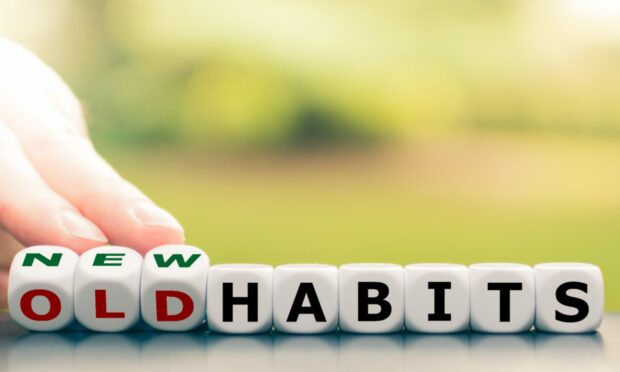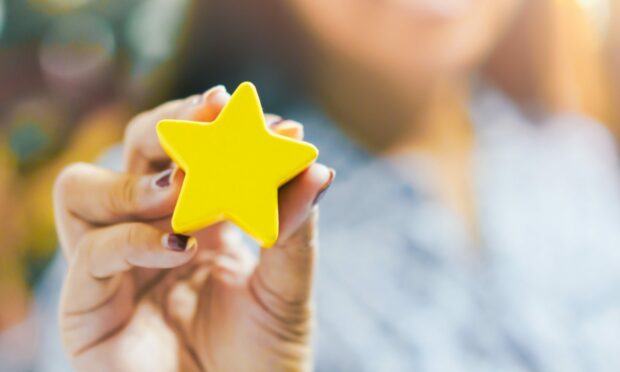I’m sure you’ve all heard many times the importance of drinking water. However, many often find it difficult to try and consciously increase their daily water intake.
As a result many of us find it difficult to stay hydrated and squeeze in time to drink the recommended six to eight cups of water a day.
The benefits of drinking water daily according to Harvard Health include flushing toxins and bacteria from the body, protecting organs and tissues, regulating body temperature and aiding digestion to name a few.
On the other side, a lack of water can result in dehydration which, according to the NHS, means the body loses more fluids than it takes in.
As a result you might feel overly thirsty, dizzy, tired, have a dry mouth and have dark, yellow, strong smelling urine.
Make drinking water a habit
Although this may seem like a simple task, the reality is that often when trying to form a new habit we intend to perform the act but it never comes to fruition.
In behavioural science we call this the ‘Intention-Action gap’, where an individual possesses the intention, awareness, and knowledge to form a new habit but lacks the ability to adopt it.
In many cases this can be due to forgetfulness rather than a lack of willingness to perform the habit, resulting in the individual falling into their old habit of not drinking enough water.
How to form a new habit
In order to build a new habit, the building blocks for success must be in place first to make drinking water an automatic action rather than a constant effort.
So what does it take to really build a long lasting habit that you can carry on into your daily life?
Make it automatic
A habit needs to be something that is automatic and unconscious, and feel like very little effort is required to complete the task.
As humans we want the easiest life with the least amount of effort and so by using the following three steps of cues, repetition and rewards we can create automatic actions.
Step 1: Create cues
The first step to building a habit is to have cues that remind you to complete the task.
Having notifications on your phone reminding you to drink water every hour or so will nudge you to drink it.
Another cue that I use is to have a water bottle on my desk at work. The visual cue reminds me to have water and during my breaks I am more likely to drink it.
Step 2: Repetition
The second step of habit forming is to repeat the action in order for it to be effective.
The exact number of days for a habit to form can differ based on the task, but if we repeat an action on a daily basis, eventually it will become part of our normal routine.
Step 3: Rewards
The most important and often missed step of forming a habit is to reward yourself for completing the task.
This is understood from B.F. Skinners experiment of operant behaviour where the consequences of the response will determine how likely the action will be repeated.
From this understanding, the small reward you give yourself for drinking water will make you want to carry on with forming the habit.
This does not mean you eat a bar of chocolate every time you drink water, but rather give yourself a five minute break or a pause from work to go outside.
Mariam Okhai is a food and drink journalist who also researches food behaviour.
She has a Masters in Behavioural Science for Management from the University of Stirling. Her undergraduate degree was in Psychology and Business Economics with Marketing.
She is also a certified habit coach.
You can find out more about her research on her Behavioural Foodie website.






Conversation